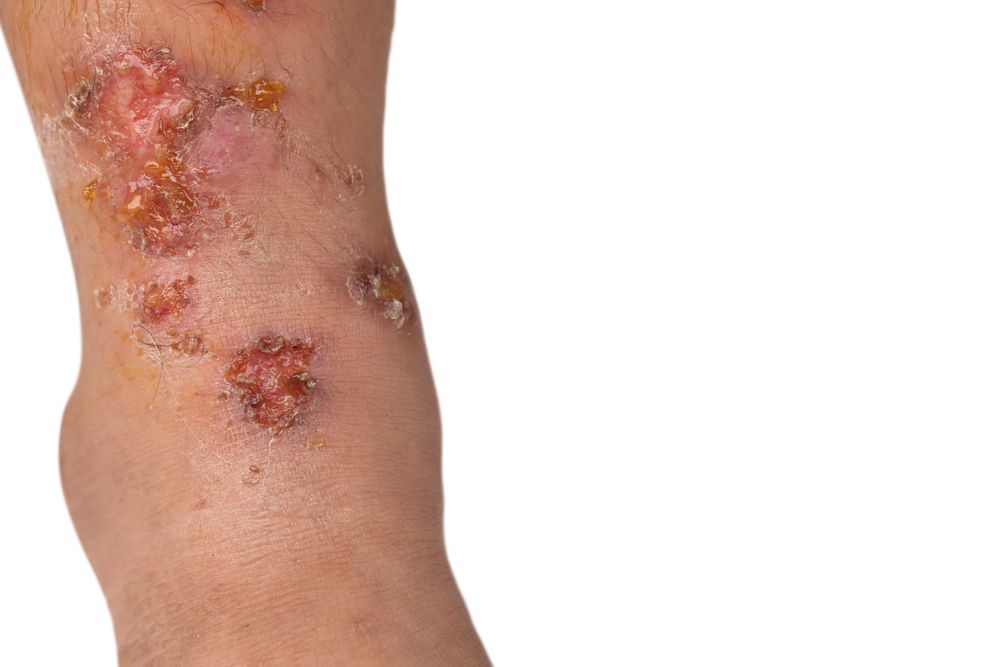Venous Skin Ulcer: Things to know
A venous skin ulcer is a sore on your leg that’s very slow to heal, usually because of weak blood circulation in the limb. Venous leg ulcers are the most common type of leg ulcers, accounting for more than 90% of all cases.

Varicose veins disease
1. What causes venous ulcers?
Venous ulcers happen when there’s a break in the skin on your leg, usually around the ankle. The veins in the leg, which should send blood back to the heart, might not be doing their job all that well. That’s often because the valves that stop the flow of blood back into the veins aren’t working like they should.
This backflow of blood means increased pressure in the end of the limb. When that happens, it can weaken the skin and make it harder for a cut or scrape to heal. They often occur over bony areas, such as your ankle.
2. Who gets venous ulcers?
They’re more common in older people, particularly women. You also may have a chance of getting one if you:
-
Have previous leg injuries
-
Have varicose veins
-
Smoke
-
Are obese
-
Have had other circulation problems such as blood clots or phlebitis, a painful swelling of the veins
3. Symptoms of venous ulcers
A venous ulcer often feels itchy or burns, and the leg around it may be swollen. Other signs may include:

Patient's leg with venous skin ulcer
4. How to diagnosis?
If you have a wound that isn’t healing or is infected, you should see your doctor. Usually, all it takes is a quick examination of the sore and the skin around it to figure out whether you have a venous skin ulcer. Your doctor will ask you if you have a history of ongoing (or “chronic”) conditions, such as diabetes or hardening of the arteries.
In some cases, however, your doctor might order other tests, such as an X-ray or a CT scan, to check out your veins and the area around the ulcer in more detail.
5. Treatment of venous skin ulcers
The most common treatment is a compression bandage or stocking. The pressure should improve the blood circulation in your leg, boosting your body’s ability to heal the sore.
You’ll probably be told to raise your leg for set lengths of time as well. This also helps circulation. Doctors typically recommend a half-hour at a time, 3 or 4 times a day.
If your ulcer is infected by bacteria, you’ll probably be given antibiotics to kill the infection. You might also be given a moist dressing to put over the ulcer to help it heal more quickly.
Alternatively, you can use a topical ulcer medication such as Multidex. This product will help promote the growth of vascular granulation tissue, natural wound healing, rapid drying of ulcer secretions, and help control odor and dissolve pus in ulcers infected.

Image of a patient using Multidex after more than 1 week of treating venous skin ulcers in the legs.
Most ulcers heal after 3 or 4 months of treatment. However, some can take longer, and some may never clear up.
There are a variety of ways you can prevent venous skin ulcers through lifestyle changes, diet or medication. You might: Quit smoking, lose weight, control chronic conditions such as high blood pressure or diabetes, reduce the amount of salt in your diet, exercise regularly, wear compression stockings, keep your legs elevated when you can